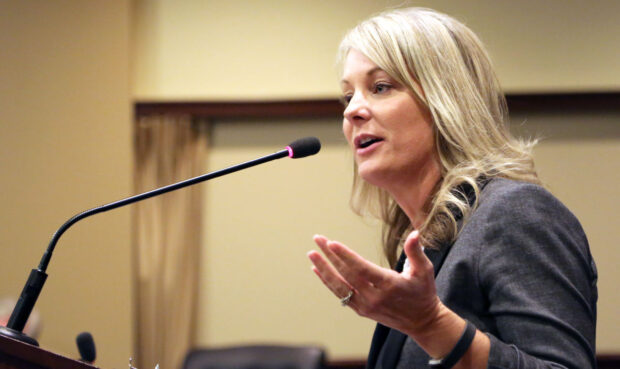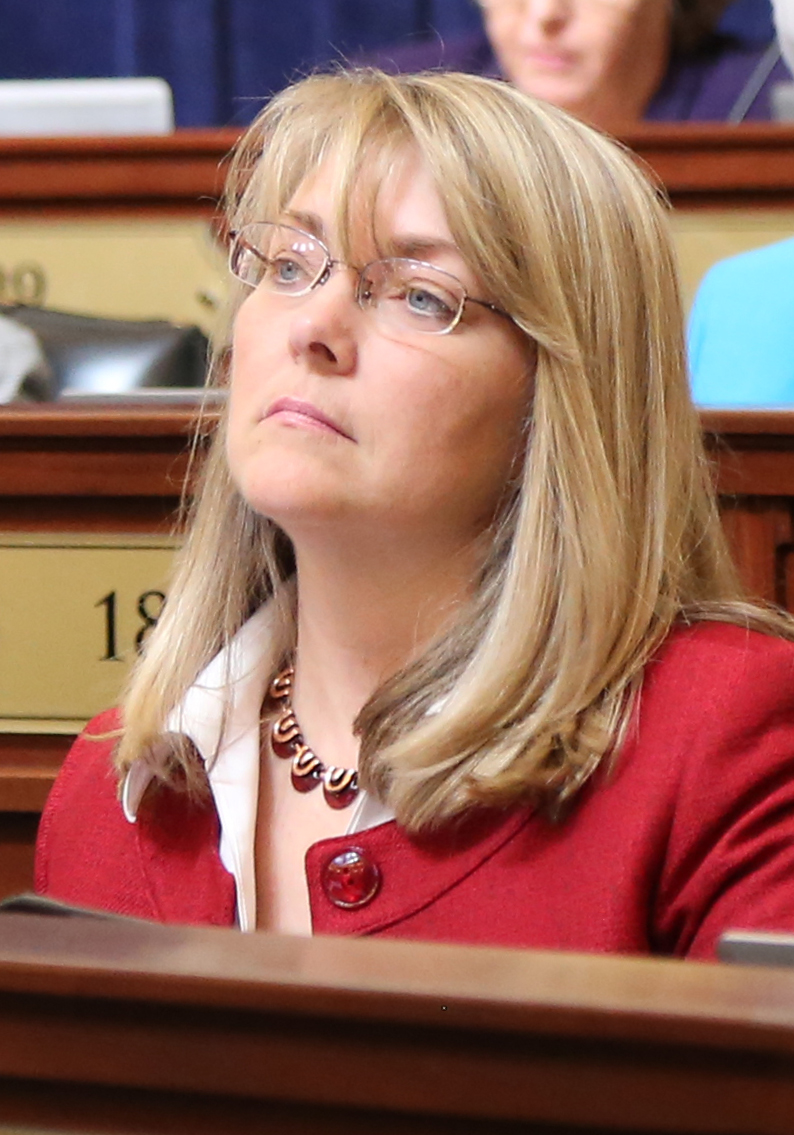In the first year of an $11.25 million state literacy initiative, an achievement gap appeared to grow a little wider.
Test scores improved in a majority of Idaho’s large districts. Charter schools appeared to enjoy similar success. But scores appear to have dropped in a majority of rural school districts. While incomplete, the report card is troubling; this spring, 36 rural districts met or exceeded the statewide average score on the Idaho Reading Indicator, while 47 rural districts came up short.
This much is clear. Statewide, IRI scores improved this spring. With 73 percent of kindergarten through third-grade students reading at grade level, up from 72 percent in 2015-16, the state saw some dividends from the first installment of the literacy initiative.
But while improvements in some of the state’s populous urban districts boost the statewide averages, they also tend to mask problems in small-town schools.
The achievement gaps
To quantify the achievement gaps, and gauge results from the first year of the literacy initiative, Idaho Education News compared spring IRI scores for 2015-16 and 2016-17. The State Department of Education numbers are not complete. The department redacts scores for smaller districts and charter schools, to protect student privacy. And even months after the spring testing period, scores for several districts and charters remain unavailable.
Because of the redactions and omissions, the available numbers are sketchy — but they are telling:
- K-3 scores improved in 12 of Idaho’s 20 largest districts — and 11 of these districts beat the state average. Those numbers are complete and conclusive. Some large districts saw a drop in scores — including Boise, the state’s second-largest district. But some larger districts showed significant improvements; for example, in the Jefferson County School District, the percentage of students reading at grade level improved by nearly 9 percentage points. (Complete scores are available for all 20 of these districts; click here to download a summary.)
- Comparative scores are available for only 25 charter elementary schools. Fifteen of these schools improved from 2015-16. The spring 2017 scores were available for 33 charter elementary schools; 19 schools exceeded the state average.
- The state has released comparative numbers for only 61 “rural” districts — districts that aren’t in the top 20 in enrollment statewide. That means there is no way to compare IRI scores in 34 of Idaho’s smallest districts. But among the 61 districts where two-year data is available, scores improved in only 29 districts. Spring 2017 scores were available for 83 rural districts; only 36 of these districts met or exceeded the state average. Spring scores were unavailable for 12 small districts.
Where the $11.25 million goes
Each fall, about 35,000 K-3 students show up for school behind on their reading skills. In 2016, the Legislature responded by launching a state literacy initiative — earmarking $11.25 million to provide extra help for at-risk readers.
The Legislature tied the money to historic reading scores, so a district or a charter with a higher proportion of at-risk readers stands to get a larger share of the money.
Still, a large share of the money goes to large districts with higher enrollment. In 2016-17, the state’s 20 largest districts received $7.4 million in literacy money. Charter schools received $517,000. The remainder, slightly more than $3.3 million, went to the remaining 95 districts.
Return on investment?
To better understand what happened in 2016-17 — the first year of the $11.25 million literacy initiative — Idaho Education News examined the state’s fall 2016 and spring 2017 IRI scores.
Even before the literacy initiative, IRI scores would tend to improve from fall to spring, as young students go through the school year. The 2016-17 scores are also incomplete, but they at least provide a snapshot of the first year of the initiative.
By and large, the larger school districts outperformed charters and rural schools. With few exceptions, students fared better on the spring test. All 20 large districts posted strong improvement on the kindergarten IRI, with the percentage of students reading at grade level increasing by at least 10 percentage points.

But here, however, rural schools showed considerable growth. Scores improved considerably in kindergarten — a crucial year, as many young students attend school for the first time. Scores also improved in third grade — a critical year of transition, before students are expected to use their reading skills to tackle more complicated subject matter.
In all grades, according to the SDE’s numbers, rural schools outperformed charter schools during the course of the 2016-17 school year. (Click here to download a detailed summary of Idaho Education News’ findings.)
While these numbers from her State Department of Education are also incomplete, state superintendent Sherri Ybarra used them to put in a pitch for one of her legislative priorities.
“I have been and remain concerned about the needs of our rural schools and I will continue to advocate for helping connect rural districts through my proposal to create Rural Education Support Centers,” Ybarra said Thursday.
For the past two legislative sessions, Ybarra has sought $300,000 to pilot a rural education center, designed to help small-town schools collaborate. Each year, the proposal has passed the House but stalled in the Senate.
An incomplete sample

Terry Ryan — CEO of the Idaho Charter School Network and Bluum, a nonprofit group focused on school innovation — took issue with the state’s incomplete numbers. Ryan has questioned why the SDE redacts some data, and makes other data public. And he thinks this data could paint an unfair picture — perhaps by omitting some higher-performing charter schools, while releasing data on virtual charter schools, which take in a high percentage of at-risk students.
“I don’t think it’s an accurate sample,” he said Thursday.
State Rep. Wendy Horman, R-Idaho Falls, raised similar questions.

“I’m not drawing any conclusions from the charter and the rural numbers,” Horman said Thursday.
But as a key member of the budget-writing Joint Finance-Appropriations Committee, Horman had a hand in the second-year, $11.25 million literacy budget for 2017-18. And she will have a big say in the future of the literacy initiative.
While she would like to see additional data from the state, Horman liked the results she saw from 2016-17. “I’m encouraged by all of the improvements I saw,” she said.
Idaho Education News data analyst Randy Schrader contributed to this report.
Disclosure: Bluum is funded by the J.A. and Kathryn Albertson Family Foundation, which also funds Idaho Education News.
